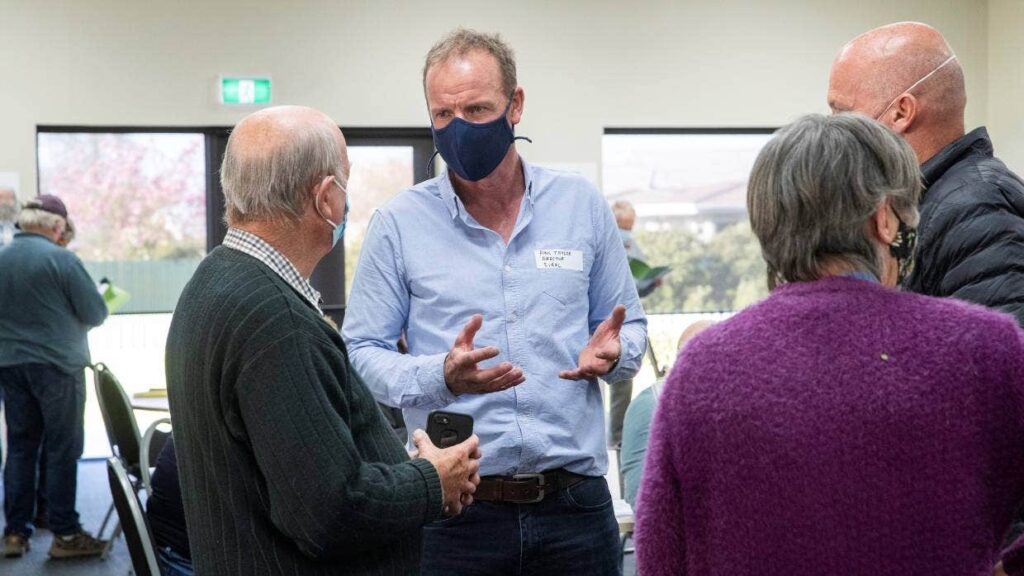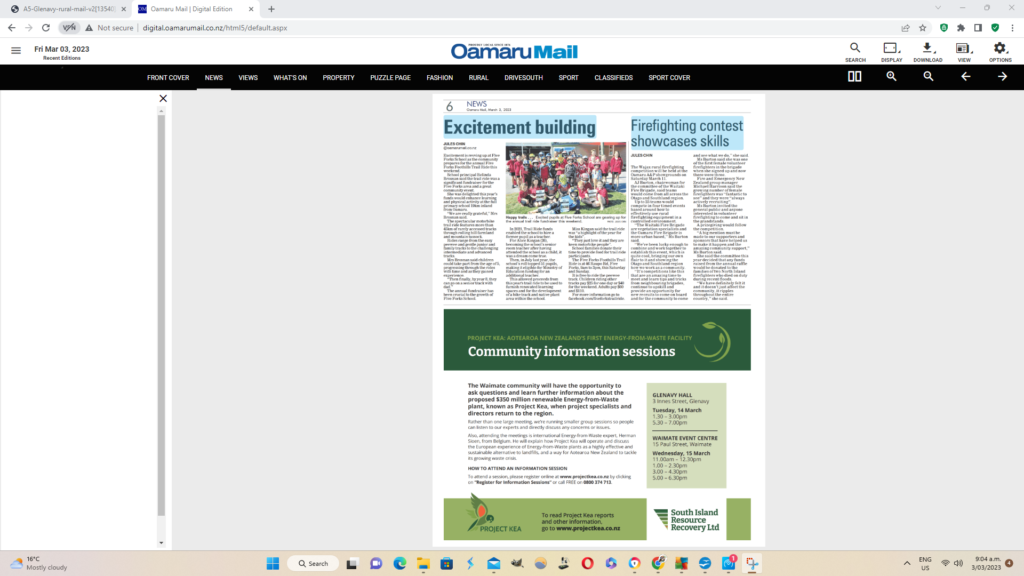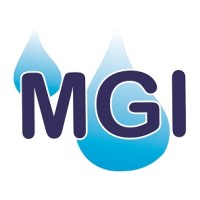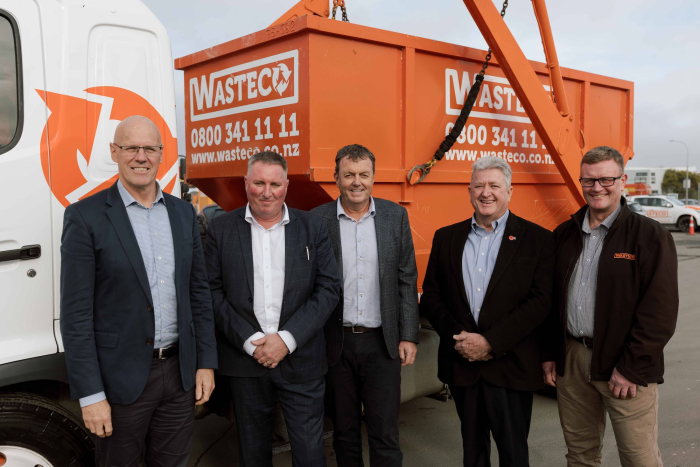” NZ is in the middle of a landfill crisis; many of the South Island’s landfills are older, over-packed and failing.” – Paul Taylor, SIRRL director. SIRRL continually uses historic landfills that predate the RMA, like the Fox River tip, to compare against Project Kea. Modern landfills are heavily regulated and engineered to avoid events such as Fox River. A huge waste incinerator will not stop historic landfills from becoming exposed due to future weather events. Comparing the company’s proposal against historic landfilling practices is misleading and dishonest. Burying our residual waste in the ground or burning waste and burying the remaining ash are not sustainable solutions. Waste-to-Energy, often touted as a solution, is a false promise. Like landfilling, W-t-E fails to address the root cause of the problem. It merely offers another convenient disposal method, leading us into a cycle that encourages waste production for the next 35 years. We have more options at our disposal than burn and bury; just because landfilling is unpopular doesn’t mean we should settle for W-t-E.There’s a constant stream of new initiatives in waste collection, sorting, and recycling. Futurepost, a pioneering NZ company, is a shining example. They take non-recyclable soft plastics and transform them into useful products like fence posts and raised garden beds. Futurepost is just one of many resourceful NZ companies leading the charge in sustainable waste management. The practice of burning waste to recover a fraction of the energy used to produce it is not just inefficient, it’s a missed opportunity. Especially when there are companies within NZ that are demonstrating a better way. These companies are using the same waste to produce recyclable products, showing us that there are more effective and sustainable alternatives to waste management. More on Waste here










